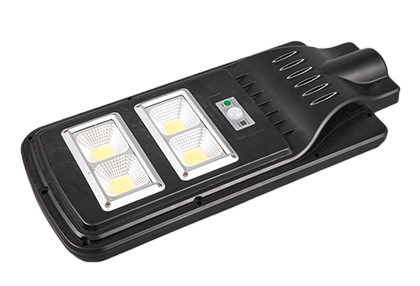

With the advancement of the production and manufacturin […]
With the advancement of the production and manufacturing technology of solar cells, large-capacity energy storage components and low-power high-illuminance lighting equipment (such as LED light sources), solar street lights have gradually matured and improved in technology. At present, the biggest obstacle restricting the further development of solar street lights into the market and industrialization is the cost issue. The cost of existing solar street lights on the market is generally thousands of yuan higher than ordinary street lights with the same efficiency, which makes solar street lights in fierce market competition China is at a disadvantage.
This paper designs an intelligent solar street light, which combines battery charge and discharge protection technology, light control technology, infrared microwave dual detection technology and mains bypass technology, and introduces wireless communication technology to achieve communication between adjacent street lights Features.
According to the characteristics of solar cells, storage batteries and high-power LEDs, a charging and discharging circuit is designed. In order to reduce the power loss, the charging circuit adopts the synchronous Buck structure; and uses IR2103 to realize the effective driving of the two synchronous Buck switch tubes. The discharge circuit adopts constant current control to obtain the maximum luminous efficiency of the LED. The single-chip ATMEGA16 is used to realize charging and discharging control; and data communication is realized with the host computer to facilitate system debugging and maintenance.
The solar maximum power point tracking (MPPT) method is realized by tracking the maximum charging current of the solar cell to the battery, and the MPPT charging, overcharging and floating charging strategies are respectively adopted according to the state of the battery. The long-term test results show that the system runs stably, the charging and discharging state is correct, the data communication is normal, and the charging efficiency is about 86%. Comparative experiments verify the effectiveness of the proposed MPPT algorithm.
